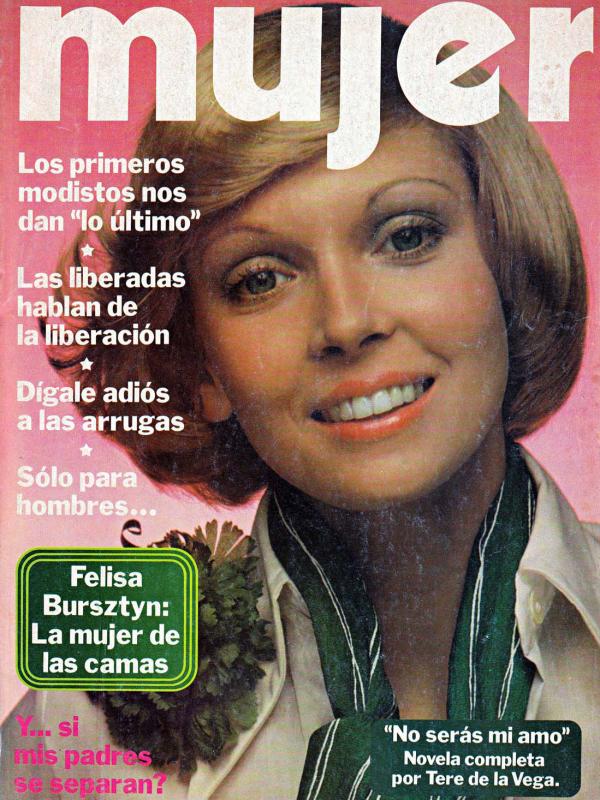The article by Alberto González Rodríguez includes a very thorough review of the work of the Colombian artist Rodrigo Callejas (b. 1937), who took an alternative approach to landscape painting at a time when it was considered an exhausted genre. The exhibition Paisaje 1900-1975 [Landscape 1900-1975] by the curator Eduardo Serrano (b. 1939) at the Museo de Arte Moderno in Bogotá [see doc. # 858154] explored several variations on the theme during that period and underscored the lack of interest in it in recent times. This is precisely why the works of Callejas, Antonio Barrera (1948−1990), and Hernando del Villar (1944−1989) were so important, because they breathed new life into landscape painting in the 1970s.
Written on the occasion of the retrospective exhibition Rodrigo Callejas: cuatro décadas de paisaje [Rodrigo Callejas: Four Decades of Landscapes] presented at the Museo de Arte Moderno in Medellín and at the Centro de Artes at the Universidad EAFIT, also in Medellín, the article reveals defining aspects of his training at The Art Institute of Chicago that help to understand his use of cone-shaped forms surrounded by neon lights as a simplified expression of a landscape.
The text discusses key works in Callejas’ career, such as the El Neusa series that depict an area of native woodlands, pine trees, rivers, and streams in the eastern mountains of Colombia. These works marked his move from Medellín to Bogotá to take a position as a professor at the Universidad Nacional de Colombia (1973−1996). Callejas took part in the exhibition Once antioqueños [Eleven Antioquians] (1975), curated by Eduardo Serrano at the Museo de Arte Moderno in Bogotá, that represented a generation of artists whose work thoroughly revitalized the art scene in Medellín in the 1970s.

